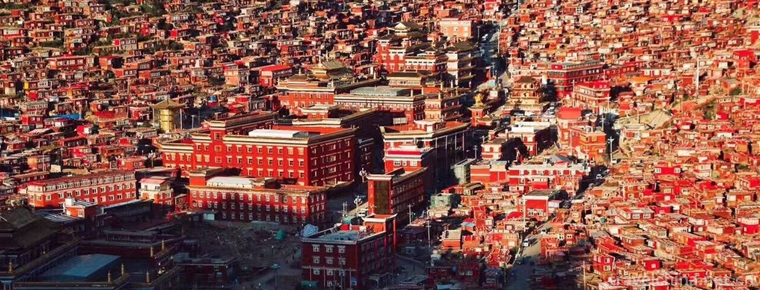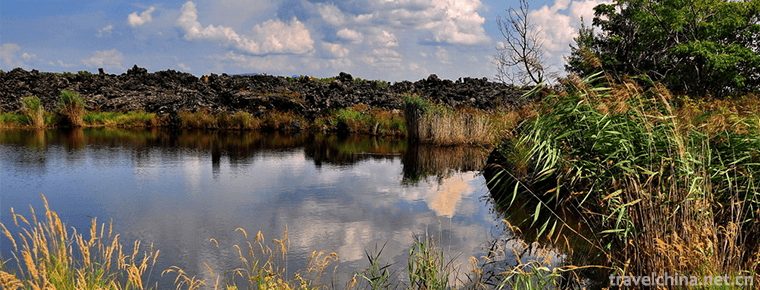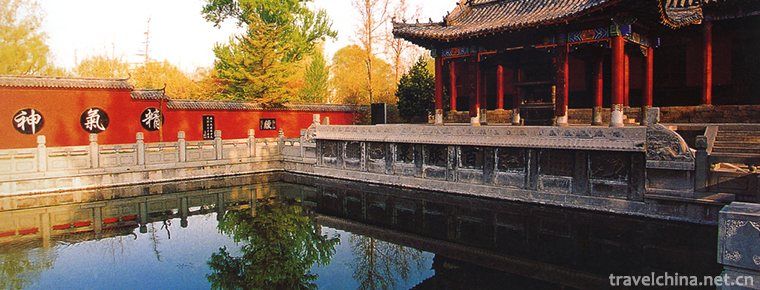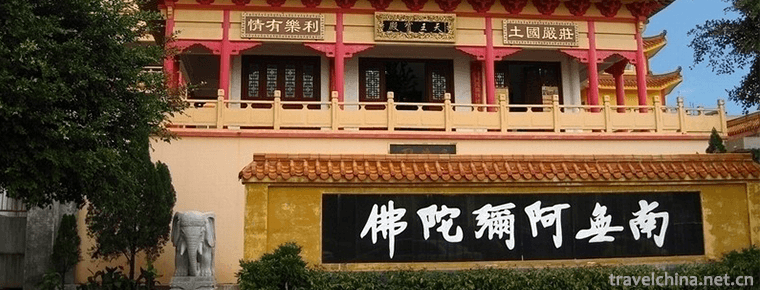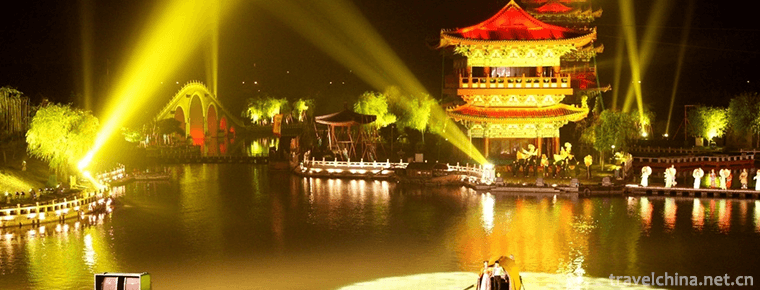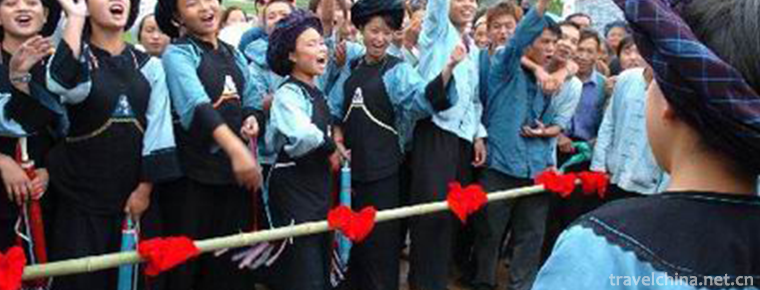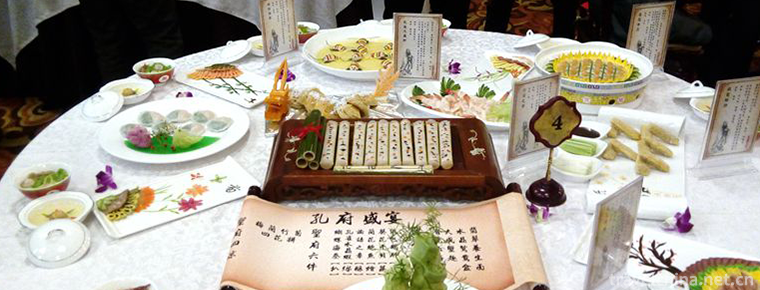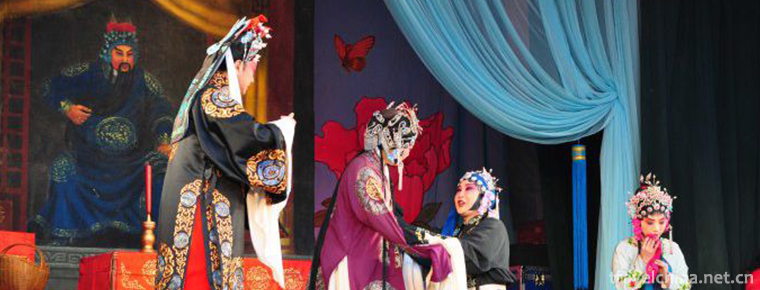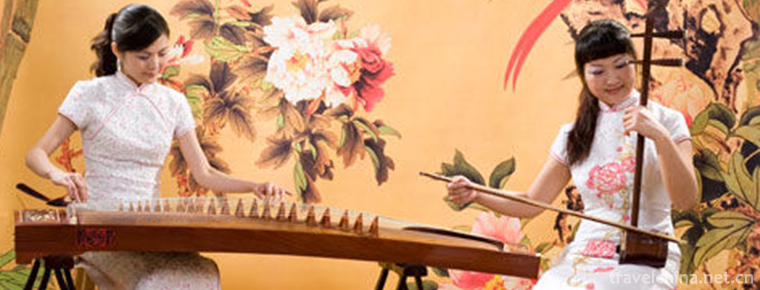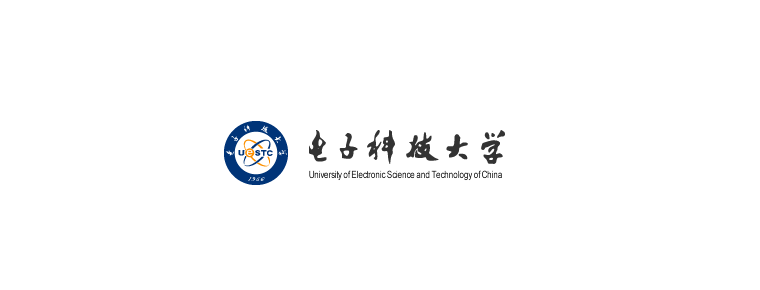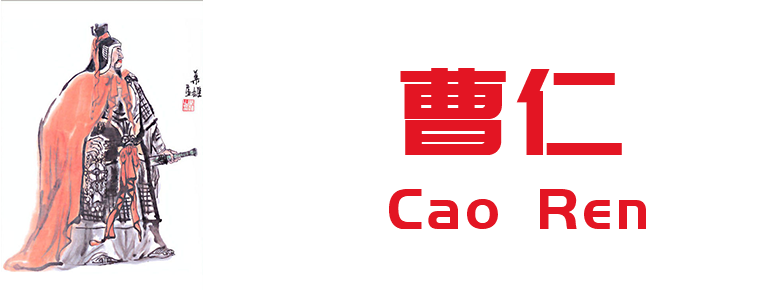Drama Costume and Opera Production Skills
Drama Costume and Opera Production Skills
Drama costume and costume production skills, local traditional handicraft in Suzhou City, Jiangsu Province, one of the national intangible cultural heritage.
The production of opera costumes in Suzhou can be traced back to the mid-Ming Dynasty. It was accompanied by Kunqu Opera in the South-to-North Transfer of Southern Opera at that time. Since the Ming and Qing Dynasties, Suzhou has been the main producer of silk and cotton cloth, and its embroidery is also famous at home and abroad for its exquisite skills. In the 1930s, the four most famous opera costumes in Beijing Opera circle were customized in Suzhou.
On May 20, 2006, the production techniques of theatrical costumes and dramas were approved by the State Council of the People's Republic of China and listed in the national intangible cultural heritage list, the heritage number_-82.
Historical origin
The production of opera costumes in Suzhou can be traced back to the mid-Ming Dynasty. It was accompanied by Kunqu Opera in the South-to-North Transfer of Southern Opera at that time.
Since the Ming and Qing Dynasties, Suzhou has been the main producer of silk and cotton cloth, and its embroidery is also famous at home and abroad for its exquisite skills. On this premise, the production of Suzhou opera costumes has advantages that other regions can not match.
In the 1930s, the costumes of Mei Lanfang, Cheng Yanqiu, Xun Huisheng and Shang Xiaoyun were all customized in Suzhou.
Along with the development of Chinese opera, a variety of costumes and props for the opera have gradually emerged, and the craftsmanship system of its production has been improved day by day.
Process characteristics
Suzhou opera costumes are made by hand in a one-by-one fashion. According to the role identity, age, character, drama genre and theatre style, Suzhou opera costume industry uses satin, silk, crepe yarn and summer cloth as clothing materials, chooses fine and thick silk yarn with exquisite colour and lustre, and matches with gold and silver silk, Baosu treasure, ribbon fabric and multicoloured glossy film. Clothing tools include dry powder bags, water powder bags, bamboo pulp knives, copper pulp knives, scissors, bamboo rulers, irons, pins, etc. Helmets and hats tools include bamboo scissors, pliers, chisels, wax plates, soldering iron, reel barrels, rockers, draining powder nozzles, etc. Boots, shoes and mouth tools include cones, batch leather knives, hammers, paste brushes, last, splints, file knives, etc. Suzhou opera costumes cover Kunqu Opera, Yueju Opera, Peking Opera and other types of drama. Their skills blend various elements such as painting, embroidery, color, history, literature, and combined with modeling, printing, sewing, leather and other techniques, their embroidery color reflects the elegant and beautiful characteristics of Suzhou Shuixiang.
Inheritance and protection
Inheritance value
Since the Ming Dynasty, Suzhou opera costume has formed its scale. Its main value is not only that it has collected a variety of traditional handicraft, but also that in the historical development of over 500 years, along with the development of Chinese opera, it has formed a variety of costumes and props for opera, and formed a unique handicraft system with a thousand tempers. It is precisely with exquisite skills and elaborate production of costumes and operas that we have a rich and colorful stage. The production techniques of opera costumes and dramas not only have historical value, practical value, but also have unique artistic and cultural value.
1. Historical value: Suzhou opera costumes and opera tools have followed the historical changes of hundreds of years. Many products are based on the clothes of Ming Dynasty, blending the characteristics of Qing Dynasty and the early years of the Republic of China, and covering the evolution of Chinese costumes.
2. Practical value: Suzhou opera costumes not only provide costume props for theatre troupes and literary and artistic groups, but also provide costumes and decorative supplies for ethnic minorities.
3. Cultural and artistic value: Suzhou opera costume not only integrates art, color, shape and other crafts, but also each of its works is an independent work of art, high-end costume has been many well-known people as art collections.
Inheriting characters
Li Rongsen, male, Han nationality, born in September 1956, is from Zhenjiang City, Jiangsu Province. In June 2007, Li Rongsen was selected as the representative successor of the first batch of national intangible cultural heritage projects and declared in Suzhou, Jiangsu Province.
Sun Ying, female, Han nationality, born in July 1957 in Beijing. In June 2009, Sun Ying was selected as the representative successor of the third batch of national intangible cultural heritage projects and declared by Beijing Drama Costume Factory. Project Name: Drama costume production skills.
protective measures
On October 1, 2006, "Traditional Chinese Opera Clothes" was published by China Fine Arts Publishing House.
Up to 2007, Suzhou has set up a Suzhou theatrical costume production technology protection agency, started to collect, research and reproduce historical outstanding representative works of theatrical costume production technology data, established a Suzhou theatrical costume research group with experts and artists to recruit and train successors of theatrical costume production.
social influence
Domestic influence
In recent years, under the circumstances that the state regards promoting the great development and prosperity of culture as a major strategic measure, and with the increasing demand for traditional culture in the market, Beijing Opera Costume Factory has been cooperating closely with state-level performing units such as the National Grand Theater. It has successively directed films such as Red Cliff, Yuan Chonghuan, Xialucheng, and Television for directors like Zhang Yimou and Zhang Jigang. The film Red Guard of Honghu Lake and Peking Opera "Return to the Heart of the World" produced a large number of performance clothes and tools.


-
Sertar County
Sertar County is a county under the jurisdiction of Ganzi ....
Views: 218 Time 2018-10-12 -
Jingpo Lake
Jingbo Lake: National AAAAA-level tourist attractions, World Geopark, National Key Scenic Spots, International Ecotourism Resort, National Civilized Scenic Spots Demonstration Sites.
Views: 234 Time 2018-12-05 -
Baimaiquan Park
Baimaiquan Scenic Area, located at No. 2017 Huiquan Road, Zhangqiu District, Jinan City, Shandong Province, is located in the eastern part of Jinan City. Founded in 1986.
Views: 148 Time 2019-01-02 -
Baoxiangsi Scenic Area
Baoxiang Temple scenic spot is located in the northwest corner of Wenshang County. It is a famous Buddhist cultural tourist resort in China. Baoxiang Temple scenic spot is a national AAAA level scenic.
Views: 103 Time 2019-01-02 -
Shanghe Garden Scenic Spot in Qingming Dynasty
Qingming Shanghe Garden is a large-scale theme park of Song Dynasty cultural scenery constructed by the people's government of Kaifeng City in Henan Province.
Views: 176 Time 2019-02-07 -
Bouyei costume Guizhou Province
As a material and cultural phenomenon, the production and change of Buyi costumes are always in line with the social and economic development. .
Views: 171 Time 2019-04-04 -
Cooking Skills of Confucian Cuisine
The cooking skill of Confucian cuisine, the traditional handicraft of Qufu City, Shandong Province, is one of the national intangible cultural heritages..
Views: 97 Time 2019-05-09 -
Qu Opera
Opera is one of the traditional operas mainly spread in Henan Province. It was also called "Gaotai Opera" or "Quzi Opera" in the old days. Quju is popular in Henan Province and its.
Views: 87 Time 2019-06-11 -
String Music Heze String Music
Heze string music is one of the second batch of national intangible cultural heritage announced by the State Council. It is a well-known traditional folk music in southwestern Shandong Province, and i.
Views: 228 Time 2019-07-01 -
University of Electronic Science and Technology Of China
Located in Chengdu City, Sichuan Province, the University of Electronic Science and Technology, formerly known as the Chengdu Institute of Telecommunication Engineering, was deployed by Premier Zhou E.
Views: 186 Time 2019-08-31 -
Cao Ren
Cao Ren (168 - 23 May 6th), Zi filial piety, Han nationality. Pei country Qiao (today) Anhui Cao Cao, Bozhou From younger brother (from ancestor). The famous heroes of the Three Kingdoms period..
Views: 149 Time 2019-09-15 -
History of Nanchong
In the Northern Song Dynasty (960-1127), there were three states in the territory, which governed 13 counties, such as Nanchong (prefecture), Xichong and Xiangru, which were subordinate to Chengdu Fulu..
Views: 167 Time 2020-12-17
